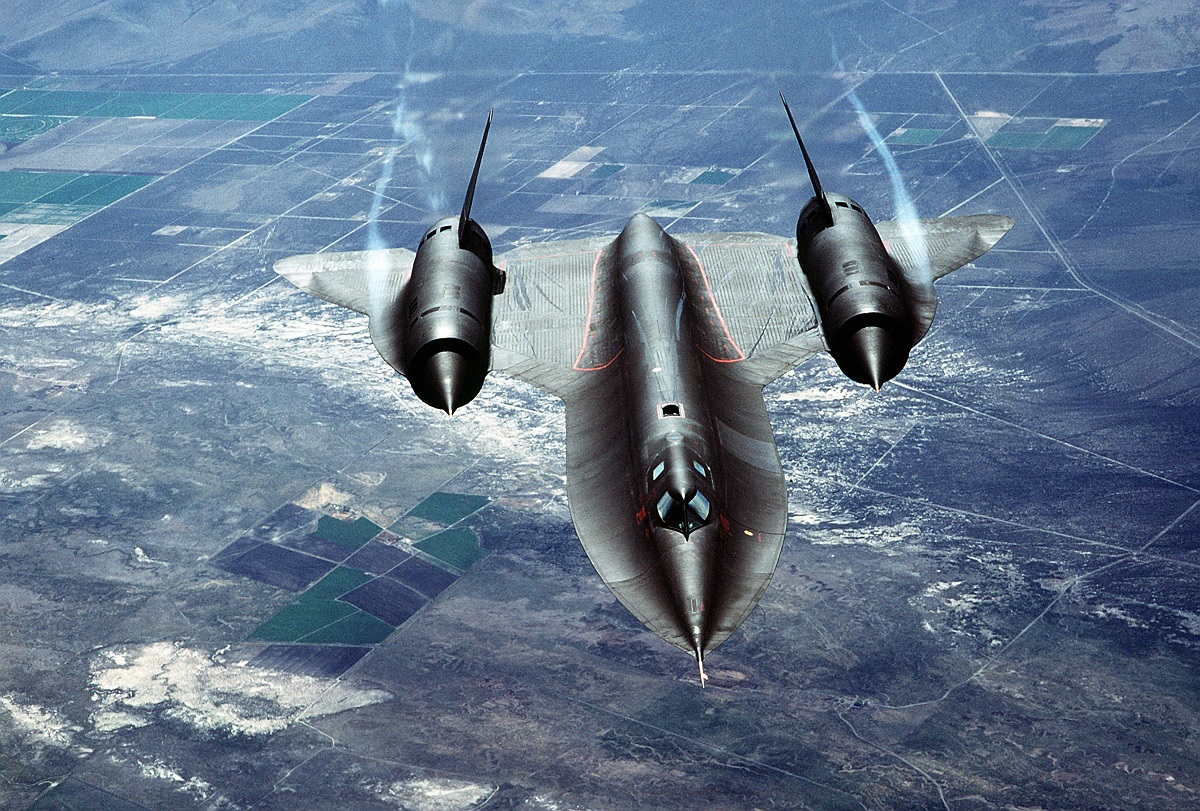According to the story, President Johnson intended to call the Blackbird the “RS-71,” but he misread the letters, and said “SR-71.”
The following story appears in Col. Richard H. Graham’s book Flying the SR-71 Blackbird.
On 24 July 1964, President Lyndon B. Johnson gave a news conference at the State Department auditorium with 315 people in attendance. For years I had heard that President Johnson became dyslexic when he announced for the first time that the United States had developed a Mach 3 reconnaissance aircraft. The tale said that President Johnson was supposed to name the Blackbird the “RS-71” and that he confused the letters, reversed them, and said “SR-71.”
In 2000, I decided to research this. I contacted the Lyndon Banes Johnson Library in Austin, Texas, and asked for their help. Mr. Michael Parrish, an archivist at the LBJ Library, said he would assist me in my quest for the truth. He sent me a copy of the exact text of the speech LBJ made that day in 1964. Here is an excerpt:
“Good afternoon, ladies and gentlemen. I would like to announce the successful development of a major new strategic manned aircraft system, which will be employed by the Strategic Air Command. This system employs the new SR-71 aircraft and provides a long-range, advanced strategic reconnaissance plane for military use, capable of worldwide reconnaissance for military operations.
The Joint Chiefs of Staff, when reviewing the RS-70, emphasized the importance of the strategic reconnaissance mission. The SR-71 aircraft reconnaissance system is the most advanced in the world. The aircraft will fly at more than three times the speed of sound. It will operate at altitudes in excess of 80,000 feet. It will use the most advanced observation equipment of all kinds in the world. The aircraft will provide the strategic forces of the United States with an outstanding long-range reconnaissance capability. The system will be used during periods of military hostilities and in other situations in which the United States military forces may be confronting foreign military forces.
The SR-71 uses the same J58 engine as the experimental interceptor previously announced, but it is substantially heavier and it has a longer range. The considerably heavier gross weight permits it to accommodate the multiple reconnaissance sensors needed by the Strategic Air Command to accomplish its strategic reconnaissance mission in a military environment.
This billion-dollar program was initiated in February of 1963. The first operational aircraft will begin flight testing in early 1965. Deployment of production units to the Strategic Air Command will begin shortly thereafter.
Appropriate members of Congress have been kept fully informed on the nature of and the progress of this aircraft program. Further information on this major advanced aircraft system will be released from time to time at the appropriate military secret classification levels.”
In all three places where President Johnson’s speech text stated, “SR-71,” the audiotapes reveal he said, “SR-71.” The LBJ library also sent me a copy of the “Stenotype Transcript of Press Conference.” In those days the White House used a stenographer who was writing in shorthand what he heard, or thought he heard, the President says.
It seems it was the stenographer who got dyslexic and in the transcript wrote the words “RS-71” in all three places. The stenographer’s version was handed out to the press reporters that day. I am sure the reporters looked at the handout and must have said, “I’m positive Johnson said SR-71 . . . this reads RS-71? He must have got it backward.” In actuality, it was the stenographer who got it backward. However, in slight defense of the stenographer getting it wrong, President Johnson’s first reference to the RS-70, a reconnaissance version of the ill-fated Valkyrie, most likely threw him/her off.

Remember, my only goal was to research what LBJ was supposed to have said that day, and he did so correctly. You will find arguments even today as to what the Air Force, Strategic Air Command (SAC), Lockheed, Kelly Johnson, and some crew members thought the plane was supposed to be called.
Photo by U.S. Air Force and Lockheed Martin

